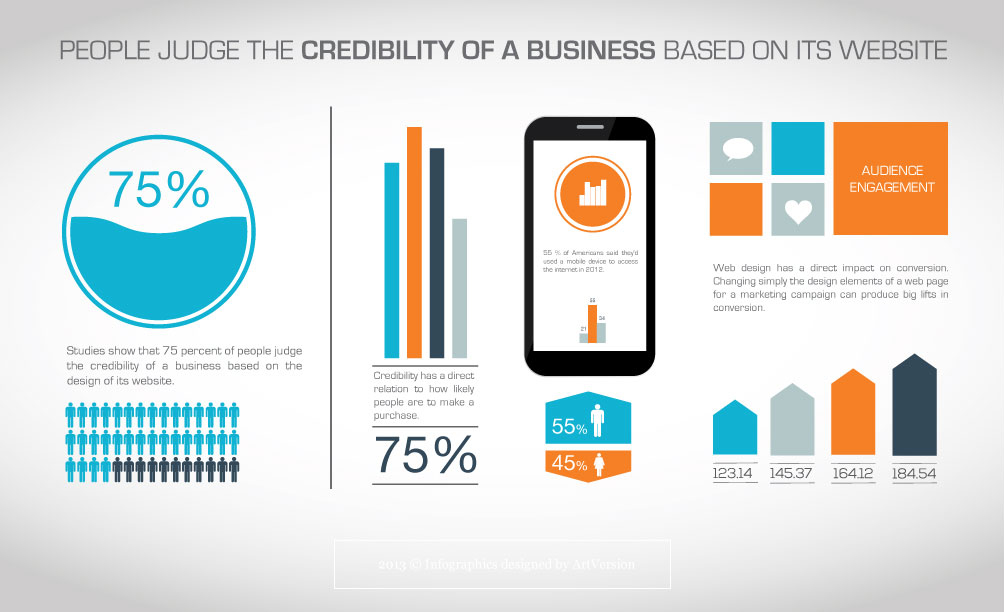Site Style: A Journey With Time.From Modest Beginnings To Modern-Day Marvels, Website Layout Has Undertaken A Significant Transformation Throughout The Years
Site Style: A Journey With Time.From Modest Beginnings To Modern-Day Marvels, Website Layout Has Undertaken A Significant Transformation Throughout The Years
Blog Article
Article Written By-Solis Cantu
In the past, internet sites were easy and concentrated on details. Navigating was straight, and style was for desktops. Currently, user experience is vital. Data guides layouts for easy navigating. Responsive layouts fit different gadgets. Today, dark setting decreases stress, and minimal menus boost navigation. Interactive functions engage individuals, and strong visuals stick out. AI assimilation enhances involvement. See exactly how layout has developed to enhance your online trip.
Very Early Days of Website Design
In the very early days of website design, simpleness reigned supreme. Sites were basic, with minimal shades, fonts, and designs. The focus was on providing information rather than showy visuals. Users accessed the net with sluggish dial-up links, so speed and performance were vital.
https://www.forbes.com/sites/forbesagencycouncil/2022/02/07/want-to-market-on-tiktok-12-top-tips-for-businesses/ were straightforward, usually located on top or side of the web page. Sites were created for home computer, as mobile surfing wasn't yet prevalent. Web content was king, and developers focused on easy readability over intricate style components.
HTML was the key coding language utilized, and designers had to work within its constraints. Computer animations and interactive features were minimal contrasted to today's requirements. Click Webpage were fixed, with little dynamic material or personalized individual experiences.
Surge of User-Focused Design
With the advancement of internet site layout, a shift towards user-focused layout concepts has become increasingly prominent. Today, producing internet sites that focus on individual experience is critical for engaging site visitors and accomplishing organization objectives. User-focused style involves comprehending the requirements, choices, and actions of your target market to tailor the web site's format, material, and features as necessary.
Developers now conduct detailed study, such as customer surveys and functionality screening, to gather insights and responses straight from individuals. This data-driven strategy helps in creating instinctive navigating, clear calls-to-action, and aesthetically appealing interfaces that resonate with visitors. By positioning the user at the facility of the layout process, internet sites can supply an extra personalized and satisfying experience.
Responsive style has actually likewise emerged as a vital aspect of user-focused design, making certain that websites are enhanced for different tools and screen sizes. This adaptability improves accessibility and use, accommodating the diverse ways customers interact with sites today. Essentially, the increase of user-focused design represents a change towards producing digital experiences that focus on the demands and assumptions of the end individual.
Modern Trends in Web Design
Check out the current fads forming web design today. One popular trend is dark mode design, supplying a smooth and modern-day appearance while reducing eye stress in low-light atmospheres. An additional crucial fad is minimalist navigation, simplifying menus and improving user experience by concentrating on essential elements. Including micro-interactions, such as computer animated buttons or scrolling effects, can create a more appealing and interactive website. Responsive design continues to be important, ensuring smooth individual experiences throughout different gadgets. Additionally, using strong typography and asymmetrical formats can include aesthetic interest and draw attention to certain content.
Incorporating AI technology, like chatbots for client assistance or personalized suggestions, improves customer involvement and streamlines processes. Accessibility has also end up being a considerable pattern, with designers prioritizing comprehensive design methods to deal with varied user demands. Welcoming sustainability by maximizing web site efficiency for rate and effectiveness is another emerging trend in website design. Collaborating with individual responses and information analytics to iterate and improve style constantly is essential for remaining pertinent in the ever-evolving digital landscape. By accepting these modern-day trends, you can create an aesthetically appealing, easy to use web site that resonates with your target market.
Verdict
As you reflect on the evolution of internet site style from the very early days to currently, you can see how user-focused layout has actually come to be the driving pressure behind contemporary fads.
Welcome the trip of adjustment and adjustment in website design, always keeping the user experience at the forefront.
Keep current with the most recent patterns and modern technologies, and never quit advancing your strategy to produce visually spectacular and straightforward web sites.
Advance, adapt, and create - the future of website design remains in your hands.
